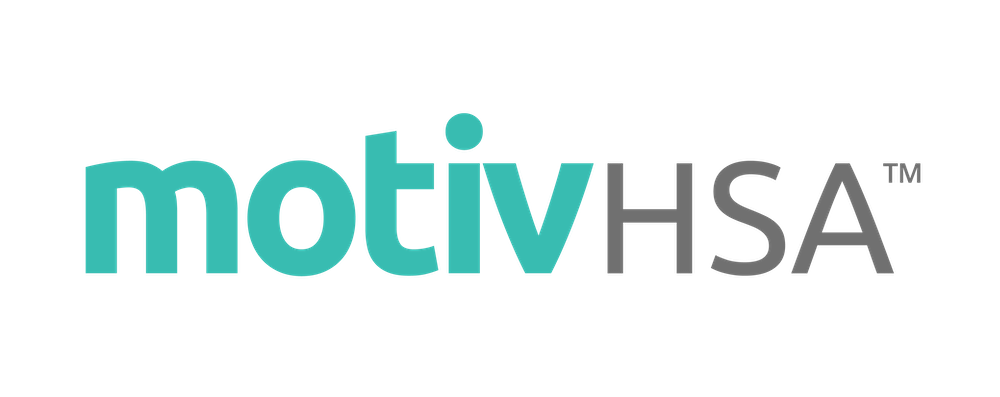HSA Annual Contributions are Going Way Up
Good news! HSA annual contribution limits are making quite a jump next year. The IRA recently announced that in 2024 individuals can contribute as much as $4,150 to an HSA each year, and families can set aside up to $8,300. This means that couples over 55 will be able to contribute over $10,000 to their HSAs next year when the 55 or older $1,000 catch-up contribution is considered.
This is especially impactful as inflation is currently at an all-time high, and that’s not just a figure of speech. The U.S. Bureau of Labor Statistics announced that the consumer price index has increased by 8.5% in the last year. Here’s a scary fact: inflation averaged about 3.7% annually between 1960 and 2020, meaning inflation is more than double what we are accustomed to right now. If you think that’s bad, here is another scary fact: Healthcare inflation is generally between 2 and 2.5 times as much as overall U.S. inflation. While these statistics are a little sickening, take comfort in the fact that your HSA is your most important asset in the fight against rising healthcare costs. (If you don’t have an HSA, now would be a great time to start!) Click here to learn how to fully maximize your HSA.
Don’t Just Contribute, Invest!
While making the maximum yearly contributions to your HSA is crucial, simply stashing away your HSA deposits is unlikely to carry you through retirement. The typical annual percentage yield (APY) earned by an HSA holder with an average balance is about 0.23%. The average retired couple that retired in 2021 will likely experience about 5.9% healthcare inflation throughout their retirement. Unfortunately, this means that couples who do not invest HSA funds will earn about -5.67% real return annually.
Your Savings’ Saving Grace
Now, more than ever, you should be investing your HSA funds! The only chance your HSA savings have at keeping up with inflation is through investment.* On the bright side, not only can HSA investments help your account keep up with inflation, but they may allow it to outrun inflation. HSA funds can be invested tax-free in mutual funds, stocks, or bonds. Learn all about MotivHealth HSA investments and investment options here. If someone contributed $4000 annually to their HSA investments for 20 years, and averaged a 7% return per year, they would have $82,000 more than someone who did not invest their HSA funds. Clearly, HSA investments are the most powerful weapon against healthcare inflation.
*Note that maximizing your yearly HSA contributions is still important even if you choose not to invest. HSA savings can be a huge relief when it comes to unexpected medical expenses and can also be used toward your deductible. Above all, let’s not forget about that triple-tax advantage: tax-free contributions, growth, and withdrawals for qualified medical expenses.
Have any questions about HSAs or investments? Please call us anytime at 844-234-4472.
Sources:
“Amid Inflation, IRS Boosts Health Savings Account Contribution Limits in 2023 for Individuals, Family Plans”
CNBC

